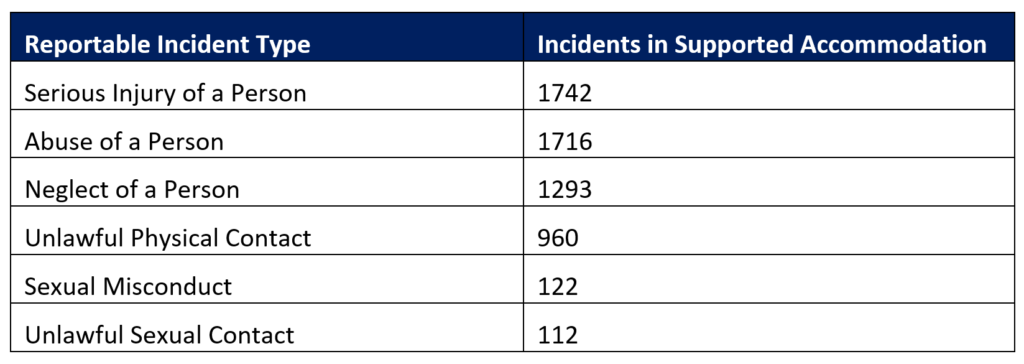QSC’s Own Motion part 2: how staff quality and practice leadership impact resident safety

As part 2 of the series, this article delves into the drivers of staff-generated abuse, evaluates the chances of implementing meaningful change, and outlines three ways providers can respond to the Own Motion Inquiry.
QSC’s Own Motion part 1: how safe is Supported Independent Living?

Examining 6,269 reportable incidents across 7 major providers and 1075 SIL sites, the study represents a significant portion of the SIL cohort, as the selected providers account for 18% of the total. The report suggests that although it is unlikely to lead to the “abolishment” of group homes, there are serious issues that must be addressed.
How can a QSC compliance notice lead to growth?

n most markets, we expect government enforcement actions to present serious risks and challenges to businesses. But, unsurprisingly and concerningly, this does not appear to be the case in the NDIS.
Board members of NDIS providers need to see these 2022 results

Three NDIS providers reported a combined loss of $15 million, with only one posting a minuscule 0.78% margin. These results are a far cry from the exorbitant profits we’ve seen in the media recently.
Valuable NDIS quality processes go beyond the basics

NDIS quality processes are necessary and effective for establishing minimum requirements to support people in the scheme safely. Although, some people view that these measures don’t go far enough, and of course, we have seen instances where accredited providers have caused actual harm to their participants.

